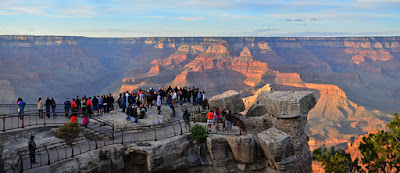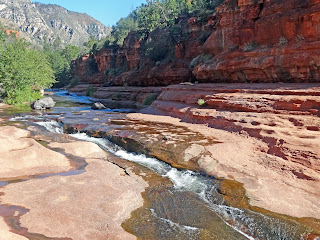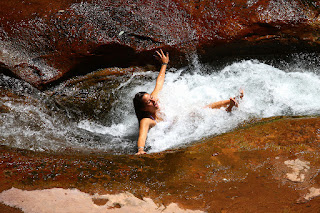Grand Canyon Introduction
Located in Grand Canyon National Park, the Grand Canyon is a wide assortment of canyons etched out of the layered bands of reddish desert rock by the dynamic Colorado River. The canyons in north central Arizona are famous for the layered rocks that reveal millions of years of geology while producing extraordinary natural beauty. There are numerous popular tours, campsites, and viewpoints that create perfect pictures and even better memories.
Grand Canyon History
Currently the Grand Canyon receives over 5 million travelers a year but this wasn't always the case. The canyon was carved out from river erosion over millions of years, and while most people are familiar with this they are surprised to discover that there are many amazing archaeological discoveries that have been made all throughout the canyon and the valleys.Artifacts that are an astounding 12,000 years old have been identified that are from the Paleo-Indian time period and there has been active tribes or civilizations living in the region ever since. Considered as a modern-day treasure, the Grand Canyon area was first given federal protection in 1893. Previously declared a forest reserve, in 1919 it would be declared a national park.
Grand Canyon Geology
There is no denying the amazing geology of the Grand Canyon and it still has scientists researching the area to this day. The mile-high walls are an incredible site to see but they also expose a story. Throughout them, layered bands of reddish rock on the canyon walls present incredible natural history of the local area. Geologists love the canyon given that there are about forty sedimentary layers of rock visible on its walls. This is among the many extraordinary sites a visitor can witness on one of the great day tours offered at the canyon. Geological phenomena's such as vulcanism and stream erosion are two of the primary reasons for the canyons formation.
Popular Points Of Interest
The Grand Canyon measures up to its name, and while located in north central and northwest Arizona, there are many different specific areas within the park and the canyon itself that are worth a visit. Regardless of whether you are there for photos, education, camping out, or a bit of everything, spend some time to really explore all the points of interest in this area. You will be surprised with how different one part of the park can be from another.If you are searching for the best viewpoints and some panoramic photos be sure to visit:
- Mather Point
- Mary Colter's Lookout Studio (particularly from the watchtower)
- Lipan Point (especially great for sunrise/sunset photos)
- Yavapai Observation Station
- Grand Canyon Skywalk
Also make sure to do your homework to give yourself the Grand Canyon experience you really wish to see! Some areas are only easily accessible from the south entrances to the park while others are best seen from the north.
Grand Canyon Day Tour
Most of the best tours are rim specific. Given that the park is so large there are tours for the North Rim, South Rim, and East and West. Your options will depend on what specific part of the park you are in. For instance, there are day tours by horse, raft, and even helicopter. If you are thinking about a tour, check our extensive catalog where you will have plenty of options.So what are you waiting for? Whether going by yourself, with a small group, or planning the perfect family trip, the Grand Canyon offers an awe-inspiring experience for everyone so why not start planning your trip today? If you have questions or you are still not sure how to approach your visit, we can help you. Our experienced staff is ready to make some awesome suggestions so give us a call today!
Click here to learn more!







